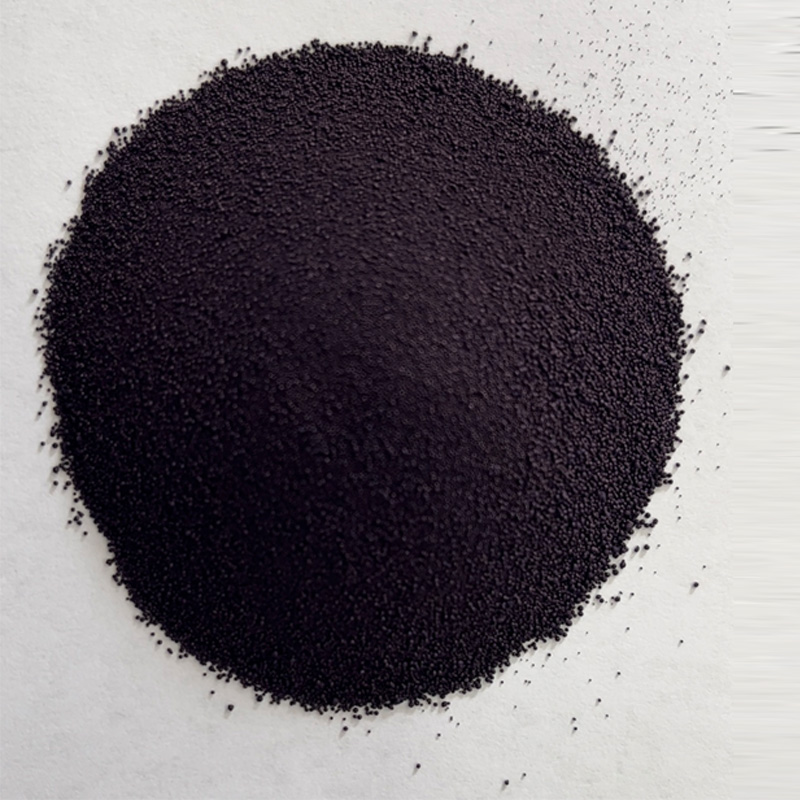Creating Unique Tie-Dye Patterns Using Natural Indigo Techniques
Exploring Tie-Dye with Indigo A Timeless Craft
Tie-dye, a vibrant fabric art form, has captured the interest of artists and fashion enthusiasts alike for centuries. Among its various methods, indigo tie-dye stands out due to its captivating blue hues derived from a natural dye—the indigo plant. This article delves into the history, techniques, and environmental benefits of tie-dye with indigo.
The Rich History of Indigo Dyeing
Indigo dyeing has origins that trace back over 6,000 years, with evidence found in ancient cultures spanning from Egypt to Asia. The indigo plant, primarily Indigofera tinctoria, has been a staple for producing blue dye due to its unique properties. Unlike most dyes that create color by direct application, indigo dye works through a reaction with oxygen. Traditionally, artisans create an indigo vat, which involves fermenting the plant leaves to produce a rich blue color.
Historically, the tie-dye technique has been embraced by various cultures worldwide. In Japan, the art of Shibori showcases intricate folding and binding methods to create detailed patterns. In Africa, tie-dye techniques have been used to make striking textiles, often accompanying cultural significance and storytelling. This global appreciation of indigo dyeing emphasizes its importance as a timeless craft that transcends geographical boundaries.
Techniques of Tie-Dye with Indigo
The beauty of tie-dye lies in its versatility. Different tying techniques create unique patterns, making each piece distinct. Common methods include
1. Binding Tying sections of the fabric with string or rubber bands to prevent dye penetration in certain areas. This creates striking contrasts against the deep blue of the indigo.
tie dye with indigo

2. Folding Techniques like accordion or spiral folds can yield mesmerizing patterns, transforming a plain piece of fabric into wearable art.
3. Resist Dyeing Beyond tying, artists can use materials like wax or salt to resist dye at certain points, creating intricate designs and textures.
The actual dyeing process involves immersing the bound fabric into the indigo vat. After it is pulled out, the fabric appears green due to the oxidation process. Once it is exposed to air, the indigo changes to a deep blue hue. This transformation is one of the fascinating aspects of indigo dyeing, inviting creators to witness the magic of nature unfolding before their eyes.
Environmental Benefits and Modern Relevance
Indigo dyeing is not just a beautiful art form; it also emphasizes sustainability. Natural indigo dye is biodegradable and does not contain harmful chemicals associated with synthetic dyes. In today’s eco-conscious world, many artisans are returning to traditional dyeing practices, prioritizing organic materials and environmentally friendly methods.
Moreover, the rise of fast fashion has brought attention to the detrimental effects of manufacturing on the planet. Handcrafted tie-dye with indigo encourages slow fashion—appreciating craftsmanship, individuality, and sustainability. Wearing hand-dyed fabrics not only allows people to showcase their unique style but also supports artisans and promotes ethical consumption.
Conclusion
Tie-dye with indigo is more than just a trend; it is a celebration of culture, artistry, and nature. As the world increasingly shifts towards sustainable practices, embracing the age-old techniques of indigo dyeing serves as a reminder of the beauty that lies in traditional crafts. Whether it’s wearing a handmade indigo tie-dye shirt or experimenting with the technique at home, this art form continues to inspire creativity and a connection to our heritage. So, gather some fabric, indigo, and let your imagination run wild, creating pieces that tell your unique story through the magic of color.
-
The Timeless Art of Denim Indigo Dye
NewsJul.01,2025
-
The Rise of Sulfur Dyed Denim
NewsJul.01,2025
-
The Rich Revival of the Best Indigo Dye
NewsJul.01,2025
-
The Enduring Strength of Sulphur Black
NewsJul.01,2025
-
The Ancient Art of Chinese Indigo Dye
NewsJul.01,2025
-
Industry Power of Indigo
NewsJul.01,2025
-
Black Sulfur is Leading the Next Wave
NewsJul.01,2025

Sulphur Black
1.Name: sulphur black; Sulfur Black; Sulphur Black 1;
2.Structure formula:
3.Molecule formula: C6H4N2O5
4.CAS No.: 1326-82-5
5.HS code: 32041911
6.Product specification:Appearance:black phosphorus flakes; black liquid

Bromo Indigo; Vat Bromo-Indigo; C.I.Vat Blue 5
1.Name: Bromo indigo; Vat bromo-indigo; C.I.Vat blue 5;
2.Structure formula:
3.Molecule formula: C16H6Br4N2O2
4.CAS No.: 2475-31-2
5.HS code: 3204151000 6.Major usage and instruction: Be mainly used to dye cotton fabrics.

Indigo Blue Vat Blue
1.Name: indigo blue,vat blue 1,
2.Structure formula:
3.Molecule formula: C16H10N2O2
4.. CAS No.: 482-89-3
5.Molecule weight: 262.62
6.HS code: 3204151000
7.Major usage and instruction: Be mainly used to dye cotton fabrics.

